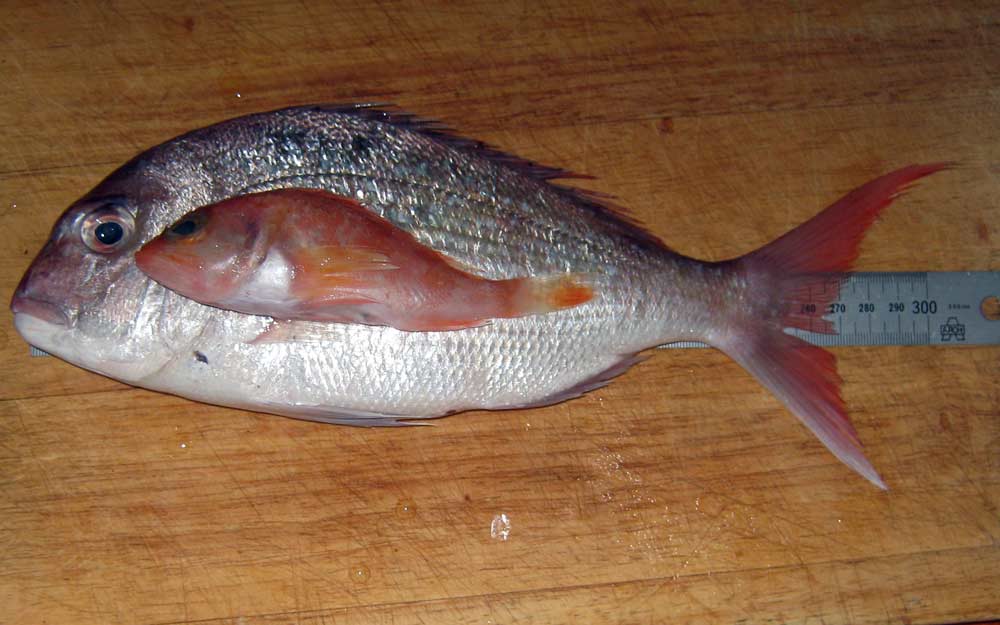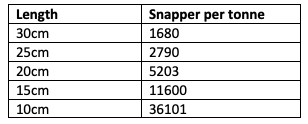In February the Ministry for Primary Industries held a series of public meetings to discuss their latest proposals for the future management of commercial fishing. The Fisheries Change Programme is being welcomed by large quota owners who clearly expect the Minister to increase catch limits.

However, if the proposals are pushed through commercial fishers on the water will have some hard choices about where and how to fish, what to do if they catch large quantities of small fish, and how to make a profit when the port prices come down. The cost of onboard cameras and penalties for any infringements will fall on the boat owner and fishers, not the quota owner.
MPI’s proposed changes favour the large companies and will be another nail in the coffin for the small, independent fishers who are striving to keep their heads above water. It will also be another setback for many of us who aspire to have healthy, abundant inshore fisheries.
Currently a minimum size limit applies to 10 finfish species for commercial fishing and 12 for recreational fishing. If size limits are removed and the release of live fish is prohibited commercial interests are anticipating Total Allowable Commercial Catch (TACC) increases, most likely based on current estimates of legal discards.
Estimates for discards are poor and no doubt commercial interests will try and claim as much as they can. LegaSea is adamant that there must be no increase in the TACC based on estimates of historic wasteful, illegal dumping of fish.
No size limit also means that more small fish will die. We currently have no way of measuring the impact of such radical change. Commercial landings are measured in kilos and tonnes, and there is a big difference in the numbers of animals that make up that tonnage.
For example, a tonne of 30 cm snapper is made up of 1680 individual fish. At 20cm it equals around 5200 fish. At 15cm that number jumps to 11600 snapper. (refer Table 1).
Table 1: Estimated number of snapper per tonne according to length. Based on MPI reports.

Snapper is just one of many species taken in the mixed trawl fishery so there will be other species that will affected, it’s just that there is more MPI research into snapper than other species.
Land-all catch rules with no minimum size limits have been applied in some fisheries in Europe and North America yet dumping continues. That is because there are powerful economic reasons to land marketable fish. Similar incentives exist within New Zealand’s Quota Management System.
What’s more, MPI has had all sorts of problems effectively monitoring at-sea activity.
Based on experience in New Zealand and overseas, onboard cameras and land-all catch are not the silver bullet.
Another fatal flaw with MPI’s proposals is that the public won’t accept any more dead fish and quota increases based on the promise that the commercial fishing industry will lift their game and do the right thing.
After 33 years of the QMS the evidence is clear. Many retail outlets already display trays of dead leatherjackets, fingerling gurnard and sea perch. It is scary to think we could soon add juvenile kingfish, tarakihi and trevally to this list.
If MPI are serious about reducing waste, they would be encouraging innovative developments to avoid these small fish becoming the victims of current trawl technology.
More info
Fisheries Change programme – Our full submission (16 pages)
Our submission in brief – One page summary
Want to help?
If you want to support this ongoing effort please support us.





